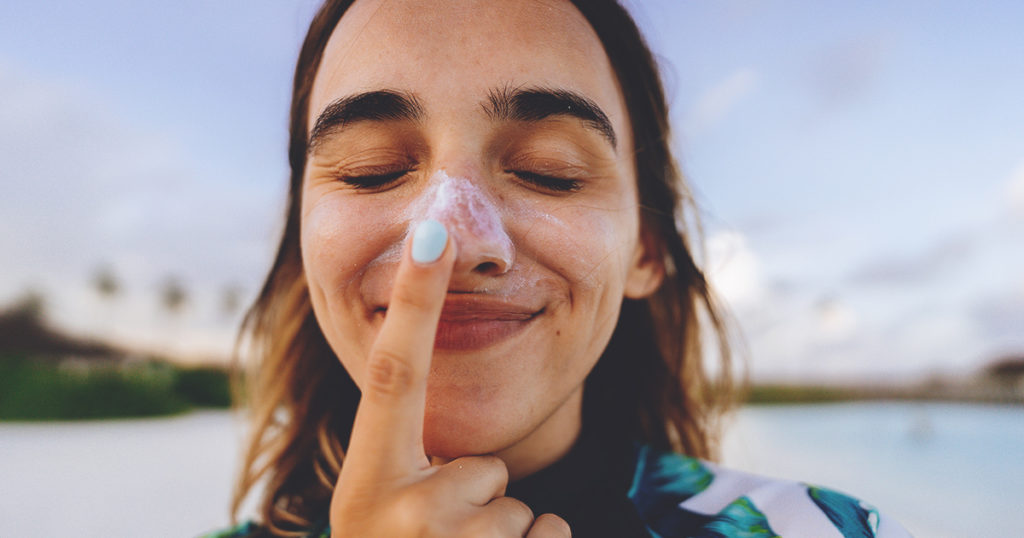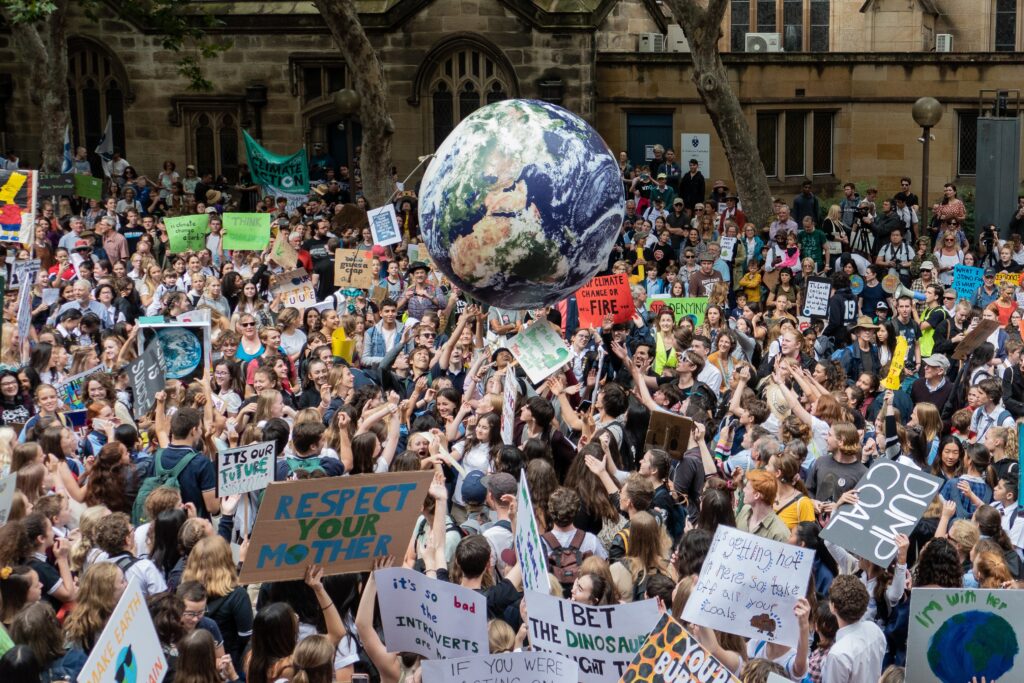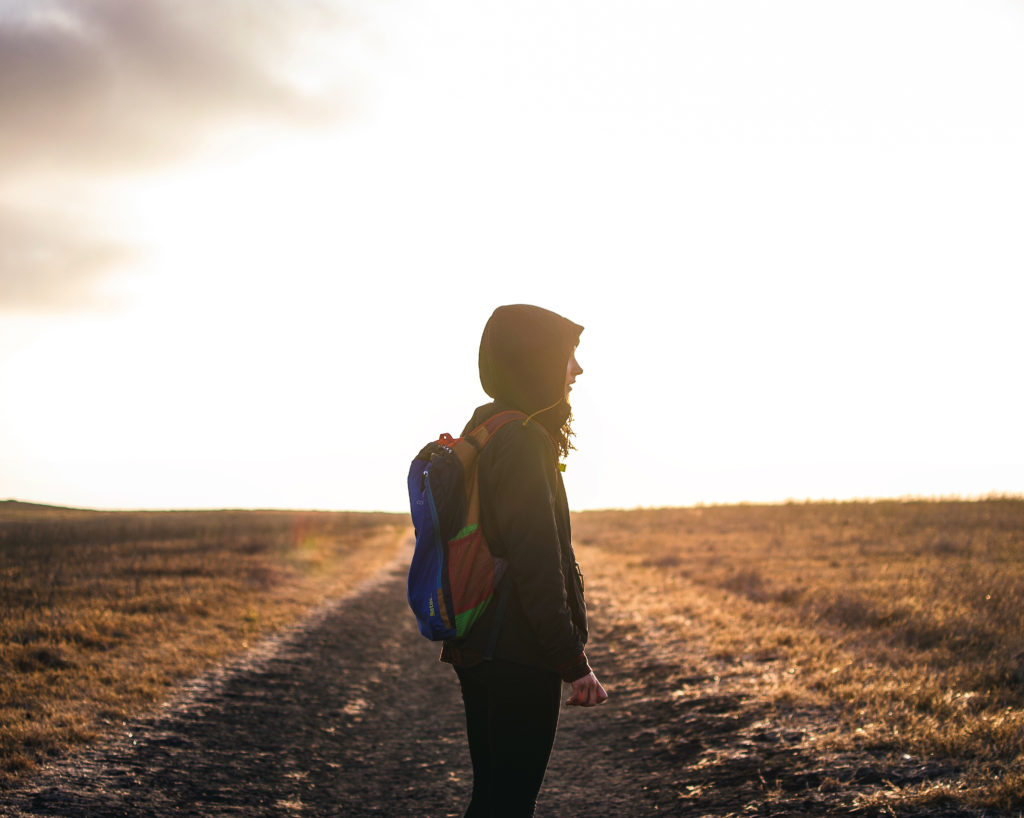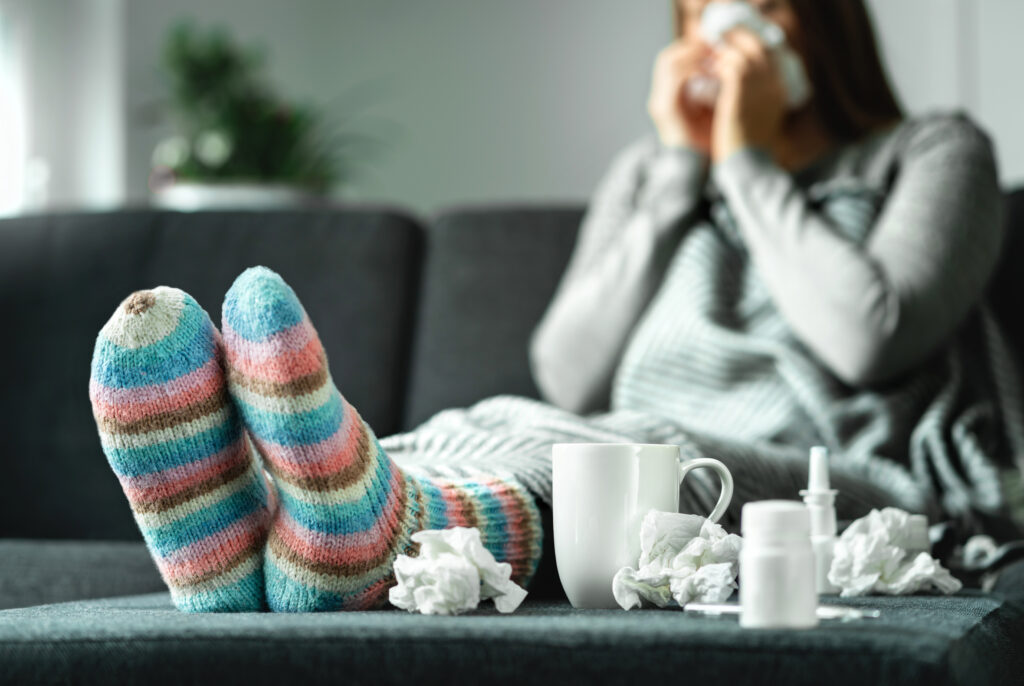Australia is well-known for its beautiful weather and warm sunny days. Year-round sunshine encourages an active healthy lifestyle and lots of outdoor time, but it also means taking care of your skin and protecting yourself from the sun.
This is because the sun emits ultraviolet (UV) rays. While you can’t actually see or feel these rays, they can harm your skin and your eyes if left unprotected.
The UV Index is a standardised tool used to define UV radiation intensity. Values above 11 are considered extreme. In Australia, average daily values in summer can reach over 11 and as high as 13 in northern parts of the country. The Cancer Council advises that when the forecast UV Index is equal to or greater than 3, sun protection is required to prevent damage to your skin and lower your risk of skin cancer.
Why is sunscreen important?
According to the Cancer Council, Australia has one of the highest rates of skin cancer in the world. This is because Australia, like many other Southern Hemisphere locations, receives more UV radiation than countries in the Northern Hemisphere.
The majority of skin cancers are caused by consistent exposure to UV radiation from sunlight. Sunscreen is important because it helps stop harmful UV rays from reaching the skin, which can protect you from sunburn in the short term and skin cancer in the long term.
Talk to your doctor about whether you’re at risk of skin cancer and how to detect skin cancer early. Become familiar with the look of your skin, so that you can pick up any changes that might indicate skin cancer. Look for flaky sores that don’t heal, small lumps that are red, pale or pearly in colour, and any new spots, freckles or moles that change colour, thickness or shape over a period of weeks. Go to your doctor or dedicated skin scanning clinic if you are ever worried.
What is SPF?
Sunscreens are labelled with an SPF number, which stands for ‘sun protection factor’. In Australia, the highest SPF available is SPF50+. It’s been found that SPF30 sunscreen filters over 96 per cent of UV radiation, while SPF50 filters 98 per cent. Both provide good protection from harmful UV rays.
When should I wear sunscreen?
The Cancer Council recommends applying sunscreen every day when the UV index is forecast to be 3 or above. Across the majority of Australia, that means every day of the year, even on overcast days. Incorporating sunscreen into your daily morning routine is a great way to make sure you always have adequate protection from harmful UV rays while you go about your day.
How should you apply sunscreen?
To be effective, sunscreen should be applied 20 minutes before going outside. When applying sunscreen, you need at least one teaspoon per limb: one for the front of your body; one for the back of your body; and one for your face, ears and neck.
Be aware that your hairline and hair parting are difficult to protect with sunscreen. So, make sure to wear a hat or head covering as well as your sunscreen across these areas.
Reapply sunscreen every two hours if you are outside. Sunscreen is easily removed, so reapply after swimming, sweating or towel drying.
Which sunscreen is right for me?
There are two types of sunscreen: chemical and physical (otherwise known as ‘mineral’). Chemical sunscreens contain active ingredients, which sink into the skin and absorb the sun’s rays whereas Physical sunscreen contains active ingredients which reflect the sun’s rays.
Choose a sunscreen that best suits your skin type and activity level. If you have skin sensitivities, look for sunscreens designed for sensitive skin or check for fragrance-free products.
Another consideration if you’re heading into the ocean is that some mineral sunscreens are ‘reef-safe’, as they don’t contain chemicals that can bleach and kill coral.
Make sure the sunscreen you choose is at least SPF30, broad-spectrum and water-resistant. Check the expiry date of your sunscreen. Most sunscreens last a few years if you store them below 30ºC.
Frequently asked questions
Can I still get a tan with sunscreen on?
You shouldn’t. If the sunscreen has been applied properly and is able to do its job of reducing UV radiation exposure, it prevents the biological process of tanning. Fake tanning is a safer alternative.
Does sunscreen wash off?
Yes, sunscreen is easily removed, rubbed or washed off. It must be reapplied every two hours while outdoors, as well as after swimming, sweating and towel drying. If you have acne-prone skin and are worried about clogging your pores, double-cleanse at the end of the day to remove the sunscreen.
What is the best brand of sunscreen?
All sunscreens sold in Australia that display an SPF of at least 4 must comply with strict rules and regulations. So, you can rest assured that most brands available here will provide a degree of protection from the sun.
Remember that it is recommended that you use SPF30 or broad-spectrum water-resistant sunscreen in Australia.
Ultimately, you need to choose a sunscreen that best suits you – your skin type, your level of activity (for example, if you know you’ll be sweating a lot) and that you find easy to reapply.
Does sunscreen restrict vitamin D intake?
The Cancer Council says that using sun protection has minimal effect of putting people at risk of vitamin D deficiency.
Does sunscreen expire?
Yes. Sunscreen expires roughly two to three years after purchase, although most sunscreens display their expiry date. Don’t leave sunscreen stored in temperatures above 30ºC, as this can speed up the expiration process or damage its effectiveness over time.
Is sunscreen enough to protect me from the sun?
While sunscreen is a great way to prevent skin damage, there are a few extra things you can do to ensure you’re adequately protected from the sun. The Cancer Council recommends following these five SunSmart steps:
- Slip on sun-protective clothing.
- Slop on at least SPF30 broad-spectrum, water-resistant sunscreen.
- Slap on a hat that shades the face, neck and ears.
- Seek shade.
- Slide on sunglasses that meet Australian Standards.





